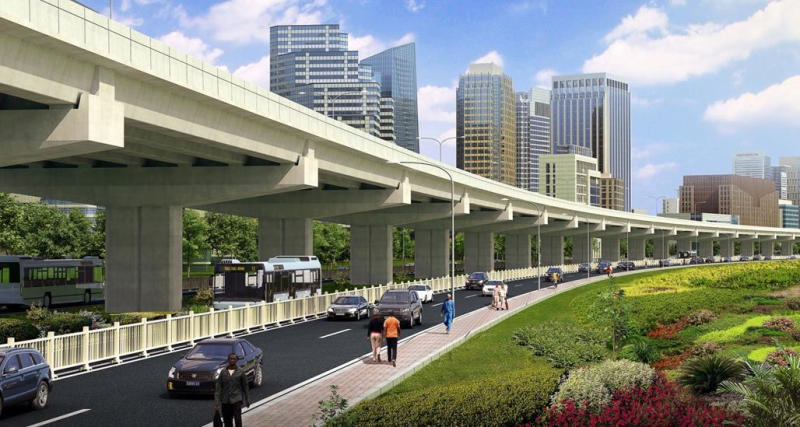×
The Standard e-Paper
Read Offline Anywhere

It could take you just 20 minutes to drive across the city from Mlolongo to Rironi through Westlands if an ambitious, long overdue and grandiose Sh50 billion Nairobi overpass road project comes to fruition.
In a normal flow of traffic, it takes two to three hours to drive on the same stretch through Waiyaki Way, Uhuru Highway and Mombasa Road.